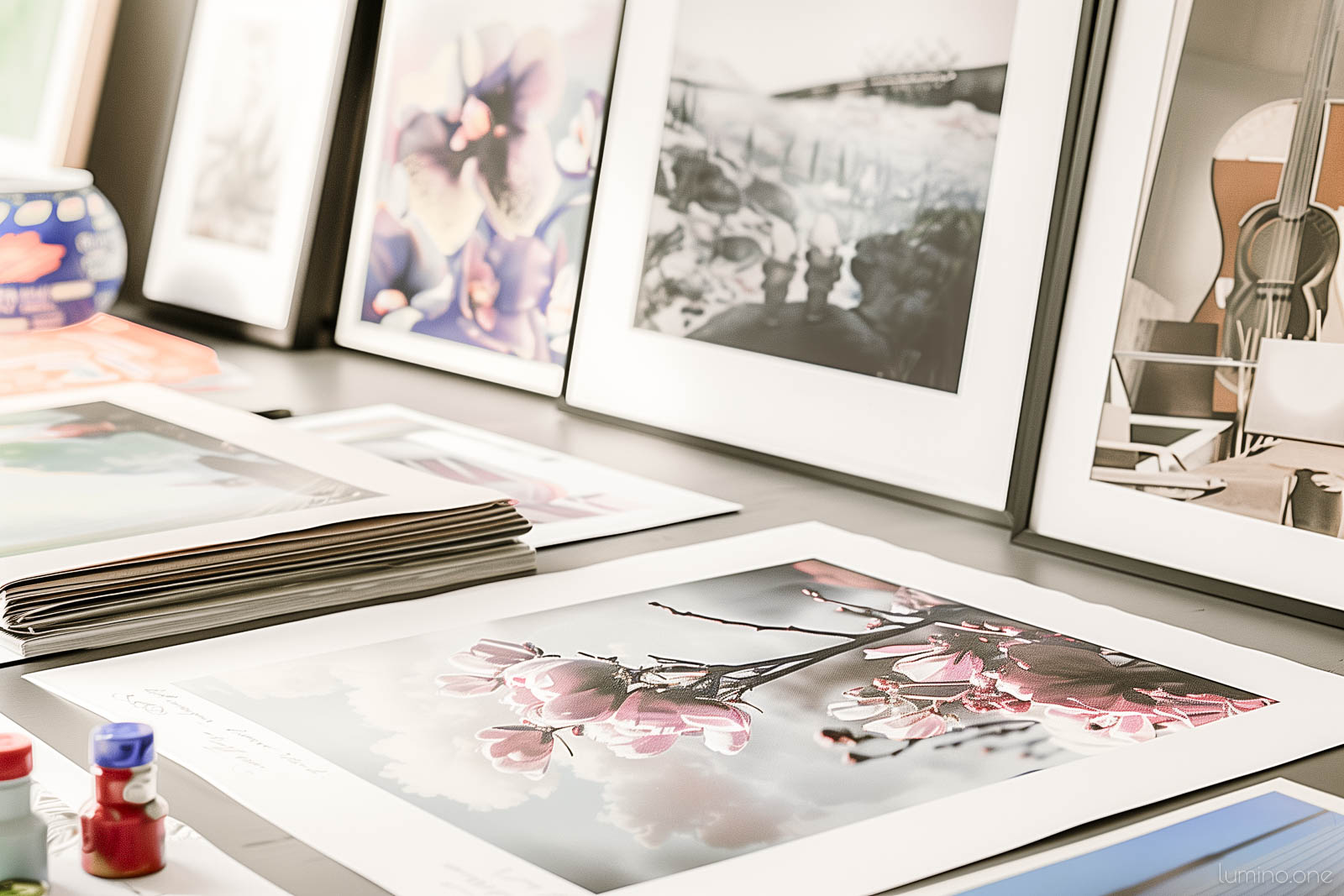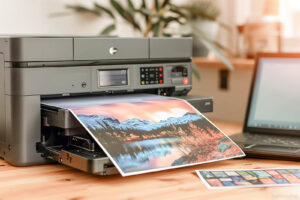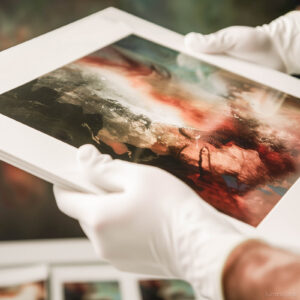In the realm of art collecting, understanding the nuances between various types of prints is crucial. Whether you’re an art collector, an interior designer, or simply an art enthusiast, knowing these differences can guide you in making informed decisions about your art investments.
The main difference between giclee and standard prints lies in their production methods, quality, and intended use. Giclee prints are high-quality fine art reproductions using archival-quality inks and materials, offering superior color accuracy and longevity. Standard prints, often produced through digital printing methods, use dye-based inks and are not typically made with long-term preservation in mind.
What is an Art Print?
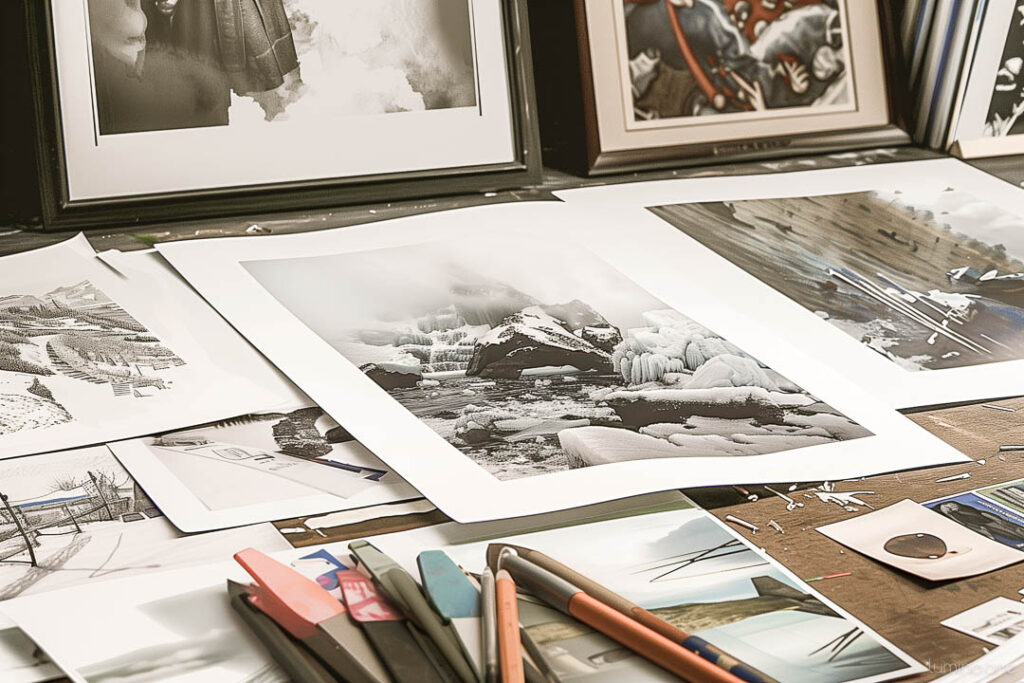
An art print is a reproduction of original artwork, brought to life through advanced printing techniques. These reproductions allow wider access to beautiful works of art at a more affordable price. By offering a more accessible alternative to owning original pieces, art prints democratize the joy of art, allowing a broader audience to cherish and display the works they admire. Essentially, art prints bridge the gap between exclusive art ownership and the universal desire to be surrounded by inspiring visuals, ensuring that the essence of creativity is within reach for everyone.
What Are the Features of a Giclée Fine Art Print?
Giclée fine art prints are known for their:
- Archival Quality: Utilizing pigment-based inks and archival paper or canvas ensures that these prints last for decades without fading.
- High Resolution: Giclee printing captures every detail of the original art, making it an ideal choice for fine art reproduction.
- Color Accuracy: The wide color gamut of giclee printers reproduces the hues of the original artwork with exceptional fidelity.
What Are the Features of Standard Prints?
Standard prints, while versatile and widely used, typically feature:
- Dye-Based Inks: These inks are not as long-lasting as pigment-based inks and may fade over time.
- Standard Paper: Often printed on non-archival paper, making them less durable.
- Faster Production: Digital prints can be produced quickly and in large quantities, making them more accessible but often of lower quality.
Differences Between a Giclee Print and an Ordinary Print
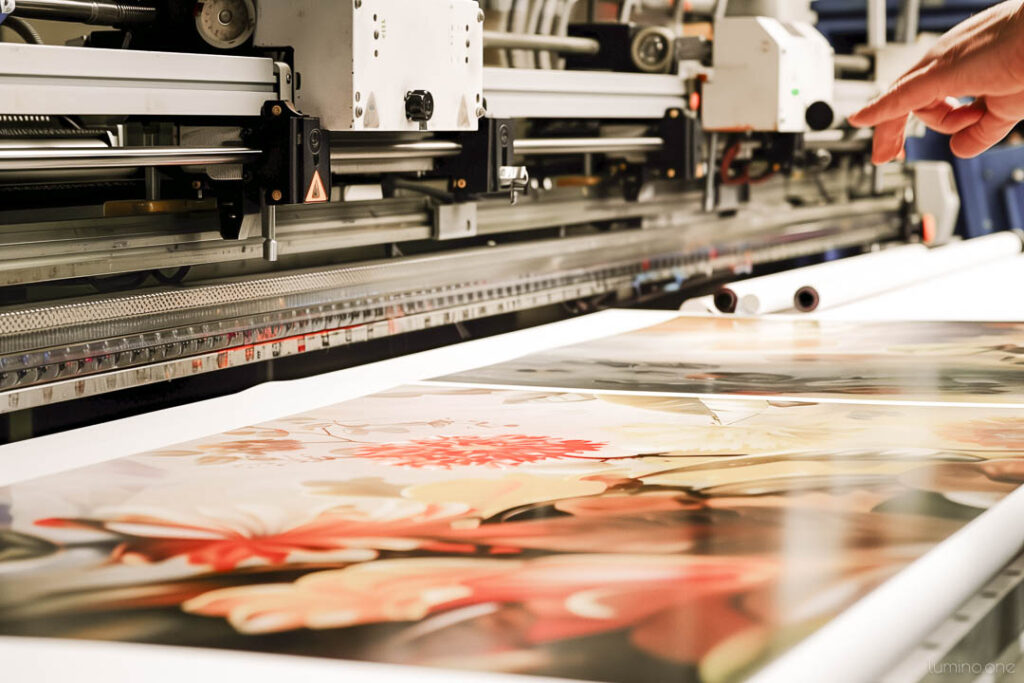
- Print Quality: Giclee prints offer museum-quality reproductions with vibrant colors and skin tones that are true to the original piece.
- Longevity: Giclee prints, made with archival materials, outlast standard prints, which may degrade or fade over time.
It’s important to highlight that despite the modern appeal of digital printing technology used in both giclee and standard prints, they’re not the sole options available. Traditional printing techniques, some of which have been cherished for centuries, continue to be celebrated and utilized across the art world. To explore the nuances between these age-old methods and contemporary approaches, particularly comparing lithography to giclee printing, we invite you to check out our detailed guide here.
Why Are Giclee Prints So Expensive?
Giclee prints command a higher price due to:
- Production Costs: The use of expensive archival inks and high-quality paper or canvas increases the cost.
- Printing Process: The detailed and slower printing process, often requiring individual attention for each print, adds to the expense.
Pigment Inks vs Dye-Based Inks
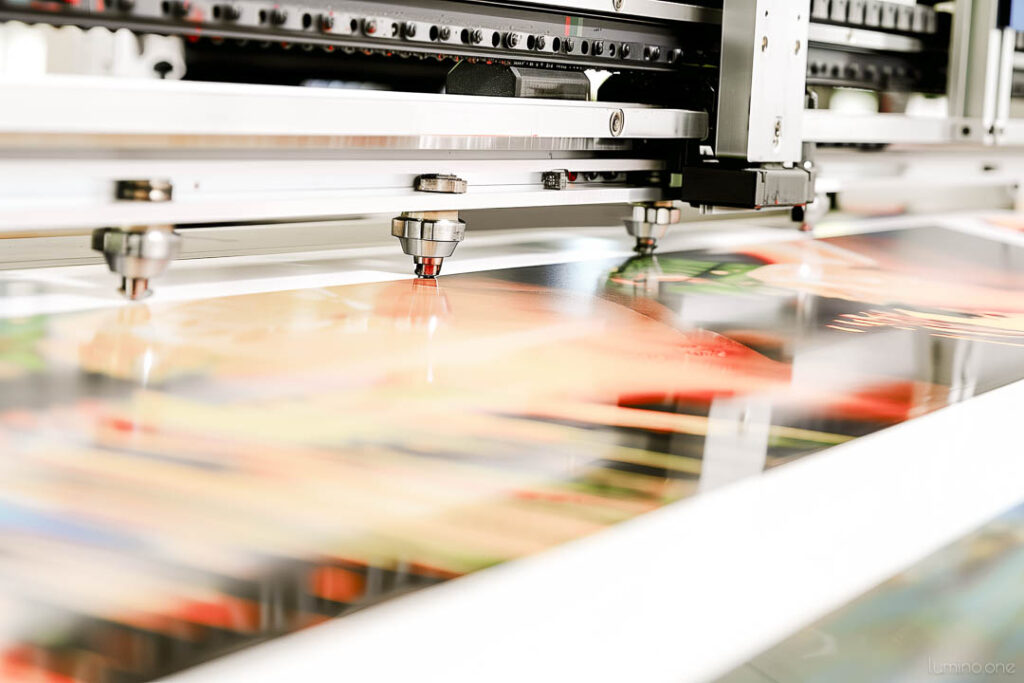
- Pigment-Based Inks: Offer longevity and stability, making them ideal for fine art prints.
- Dye-Based Inks: Prone to fading and water damage, these inks are less suitable for archival purposes.
Not All Artists Create Fine Art Prints
While many artists choose to produce giclee prints to offer high-quality reproductions of their work, others may opt for standard prints to reach a broader audience at a lower price point. The choice often depends on the artist’s goals and the nature of their artwork.
Choosing Between Standard Prints vs Giclée Prints

When deciding between standard prints and giclée prints, consider:
- Intended Use: For investment or archival purposes, giclée prints are superior. For decorative purposes, standard prints may suffice.
- Budget: Giclée prints are more expensive but offer greater longevity and quality.
- Aesthetic Preferences: If you value fidelity to the original artwork, giclée prints are unmatched.
To learn more about the intricacies of digital art printing, check out our full print guide for digital art here.
In the art world, both giclée and standard prints have their place. Giclée prints offer an unparalleled reproduction quality that appeals to serious collectors and art lovers seeking to preserve the essence of original artworks. Standard prints, while not offering the same level of detail or longevity, provide an accessible way to enjoy a wide range of art. Ultimately, the choice between giclée and standard prints depends on your personal preferences, intended use, and budget.
Whether you’re decorating a small space, curating a gallery, or simply exploring the beauty of art reproductions, understanding these differences ensures that you select the right type of print to meet your needs and expectations.

